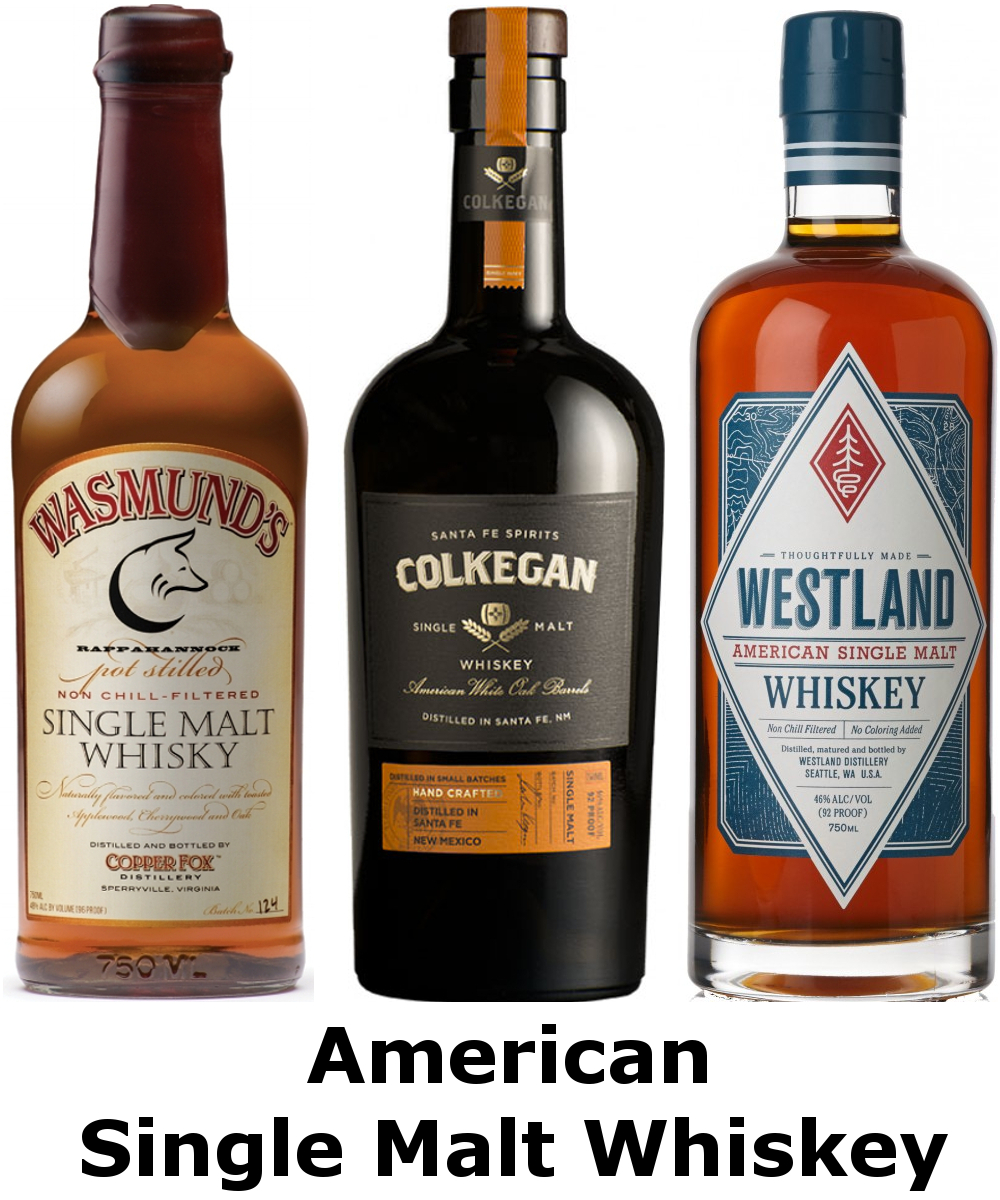ADI adds American Single Malt Whiskey as a Judging category
Contributed by on Oct 09, 2017
Three readers love this post.

The American Distilling Institute has decided to add American Single Malt Whiskey as a distinct category for their upcoming spirits competition, the Judging of Craft Spirits. American Single Malt is a burgeoning whiskey category and we at ADI believe that whiskeys made in line with the proposed standard of identity created by the American Single Malt Whiskey Commission (ASMWC) are different enough in character that they deserve recognition as a distinct category.
In 2016, a group of American Craft Distilleries got together and formed the ASMWC with the express purpose to "establish, promote and protect the category of American Single Malt Whiskey." The reason for this is, at present there is no legal definition for American Single Malt. The Alcohol, Tobacco, Tax and Trade Bureau (TTB) defines Malt Whiskey as whiskey made from a fermented mash of at least 51% malted barley, distilled to no more than 160 proof (80% ABV), and stored at less than 125 proof (62.5% ABV) in charred new oak containers. Under the current definition, US Malt Whiskey can include other grains such as corn, rye, or wheat in the mash and it is required to be matured in charred new oak barrels the same as bourbon and rye whiskey. This means that a US distiller could make a whiskey from 51% malted barley and 49% corn and call it a single malt whiskey, because the word single has no legal meaning for TTB.
The ASMWC aims to bring American made single malt whiskey in line with the broader understanding of single malt whiskies from around the world. They propose that American single malt whiskey should have the following standard of identity: "Made from 100% malted barley; distilled entirely at one distillery; mashed, distilled, and matured in the USA; matured in oak casks not exceeding 700 liters (185 gallons); distilled to no more then 160 proof (80% ABV); and bottled at 80 proof (40% ABV) or more. This definition has a few important differences from the current TTB standard for Malt Whiskey. First requiring the whiskey be made from 100% malted barley at one distillery in the US lines up with the EU definition of Single Malt Scotch. The other key difference is that under the ASMWC's proposed standard American single malt would be allowed to be matured in used barrels. This would most likely make the largest difference in the flavor to the spirit. Charred new barrels contribute a lot of intense wood flavors over time and as we have seen with many extra aged bourbons. By allowing American single malt to be matured in used barrels, distilleries, especially in climates with large temperature swings, would be able to produce at much longer aged spirit that is not overwhelmed by wood. It is a common practice in Cognac to start a brandy off in new or young barrels and then move the spirit to used or exhausted barrels to allow the spirit to slowly oxidise and mellow over time without also increasing the wood flavors extracted from the barrel. If the ASMWC's standard is formally adopted by the TTB we could see 8, 10, 12, and 18 year old American Single Malt Whiskeys become the norm rather than the exception.
At present, there are whole realms of flavors that are largely cut off from US malt whiskey because of the current legal definition. However, innovation and pushing the boundaries of whiskey and gin has helped energize and drive growth in the spirits industry. Hopefully, the TTB will seriously consider adopting the standard of identity set out for American Single Malt Whiskey. And in the meantime, ADI will continue to support distillers as they expand the legacy of US distilled spirits.

